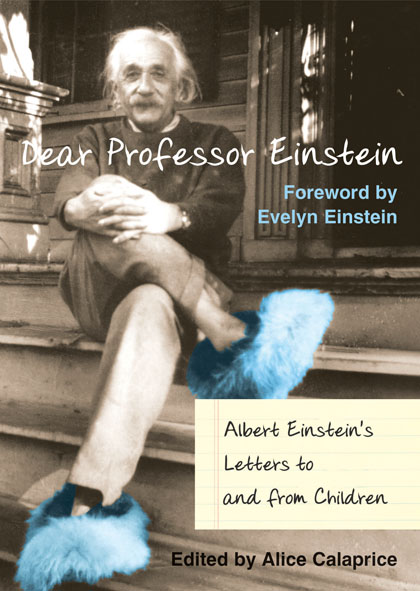Written by Dr. Keith Devlin :
What is without doubt, however, is that millions of people around the world have found Khan's videos valuable aids to help them to pass a crucial math test. Some of them (almost certainly a minority) have, in the process, learned some mathematics -- meaning that, faced with a real world problem whose solution requires the use of math, they will, as a result of watching Khan's videos, be able to use math to solve the problem. (That, of course, is the ultimate goal of mathematics education.)
I would myself have been such a person. Had KA been around when I was at school, I would have loved it. So would Bill Gates, whose public statements and financial support have enabled Khan to build on the initial success of his home-made videos. So, I suspect, would most scientists and engineers. So would many teachers who are critical of KA's pedagogy. (Former Google Education Fellow Dan Meyer, for example.) Almost certainly, the younger Sal himself would have been able to teach himself math using his videos.
For those of us who find ourselves with the ability to learn math, we will do so with whatever tools we can find, and most of us do just fine. For people like us, Sal Khan's videos are a great resource.
Unfortunately, we are a minority, and a school teacher has the responsibility of teaching all children. And there's the rub. For the majority who find mathematics extremely difficult, instructional videos have known problems, and we currently know of no approach that comes close to regular group interactions with a good, inspiring, human teacher. Changing the way a human mind works, which is what teaching amounts to, is a difficult task. Moreover, it involves emotional, psychological, and social factors. It would be impossibly hard, were it nor for the fact that teachers are themselves emotional, psychological, and social creatures, at heart very much like their students. The key is for the teacher and the student to establish human contact.
For the full article, click here.

